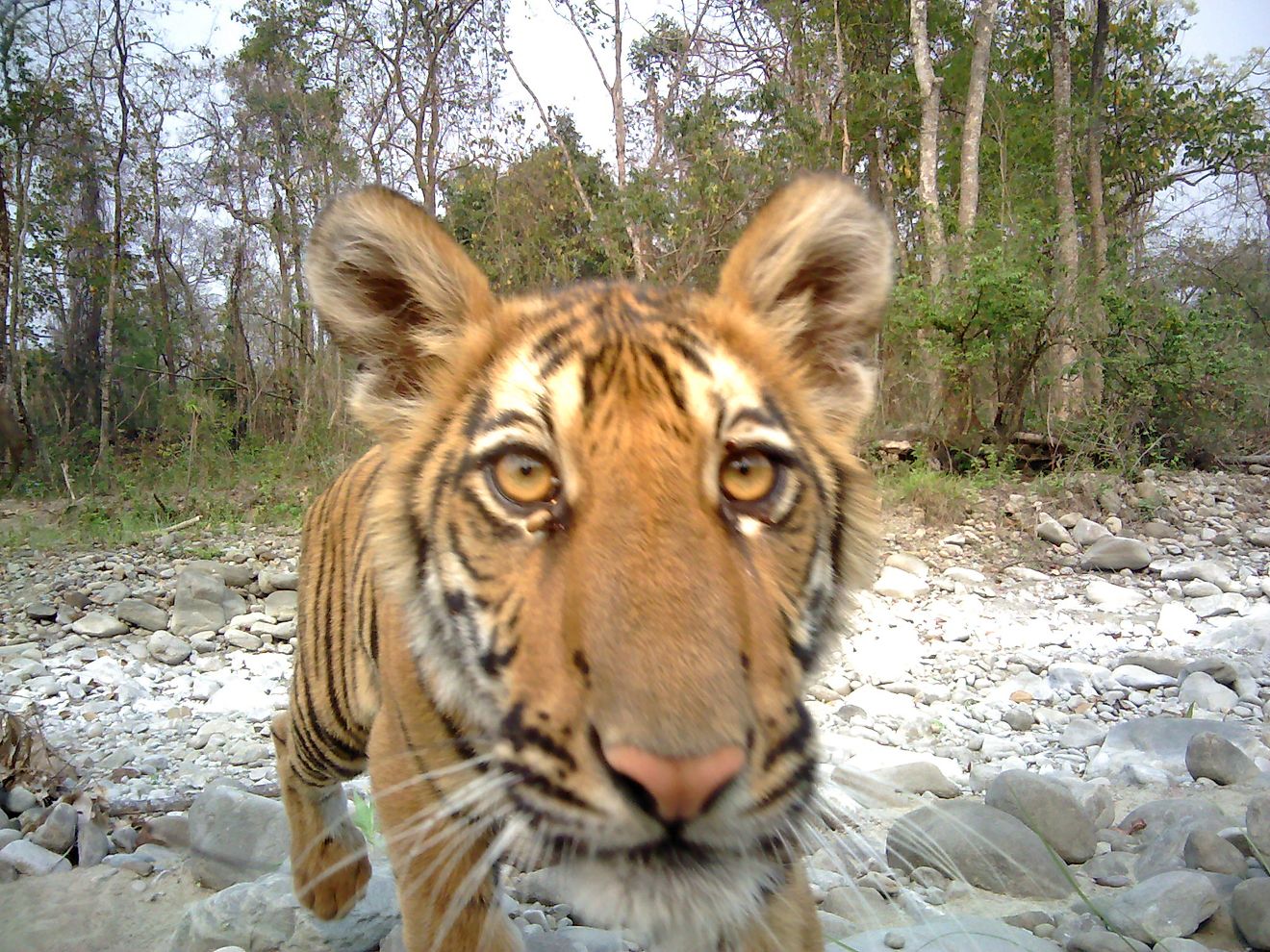What is Zoochosis?

Zoochosis is a word used to explain the stereotypical behavior of animals in captivity. The stereotypic behavior is described as an invariant, repetitive behavior pattern with no apparent goal or function. Animals in zoos and other forms of captivity suffer from stress and depression and display unusual behaviors. These habits are not displayed by animals roaming in the wild which means that confinement has detrimental effects on the health of animals. The condition was identified by Bill Travers in 1992. Zoochosis is displayed through behavioral disorders such as circling, pacing, bar biting, excessive grooming, addiction, and self-harm. Zoochotic animals also portray eating disorders such as anorexia.
Causes of Zoochosis
Animals develop zoochotic behaviors when they are removed from their natural habitats. For example, elephants found in roadside zoos and those used in the circus mostly suffer from zoochosis. The elephants are often chained or forced to live on concrete floors which are unnatural environments for them. Caging animals also leads them to suffer with mental illnesses. It explains why caged monkeys behave unusually compared to free monkeys in the wild. The other major cause of zoochosis is when animals are separated from their family. Gorillas are a good example of social animals that when separated from their families, they develop unusual habits like incessant sobbing. Additionally, animals suffer zoochosis when they are exposed to abuse from other animals or from zookeepers.
Manifestation of Zoochosis
Zoochotic animals mostly display certain repetitive behaviors. Elephants, bears, gorillas, and tigers pace back and forth when placed in confinement. Other animals repetitively brush their skin leading to loss of hair. Animals in zoos are often seen biting bars and wires that confine them which is also a sign of zoochosis. One famous polar-bear in an American zoo swam compulsively for hours and sometimes scared visitors with a predatory gaze which indicated zoochosis in the bear. In extreme cases, some animals resort to self-harm to cope with the inhumane conditions they live in.
Remedies of Zoochosis
Zoos usually use several remedies to treat zoochosis in animals. One of the solutions to the ailing animals is providing toys as a distraction. The other remedy is to restructure the confinements in which the animals live to make the place more suitable for the animal. Zoochotic animals are also fed meals that take long to ingest to distract them from harmful behavior. The most popular method used to treat zoochotic animals is using psychotic drugs. This method is preferred because it is cheap and effective compared to other treatments. Researchers have found that most zoos give drugs such as Prozac and Valium to giraffes, badgers, gorillas, and bears to help them cope in the unnatural habitats they live in.
Prevention of Zoochosis
Animals can be protected from zoochosis through the implementation of animal-focused laws. The first step would be to evaluate animal shelters to establish genuine ones from fake shelters. The shelters whose only aim is to make money should be closed down as a protective measure. Most animal shelters claim to protect endangered species while they actually put the animals through inhumane conditions. A ban on travelling zoos would be the other measure to protect animals from being subjected to harsh conditions. Lastly, it is essential to educate the public on the effects of confining animals. Once people are informed, they will advocate for humane treatment of animals which would therefore reduce the chance an animal would suffer zoochosis.











